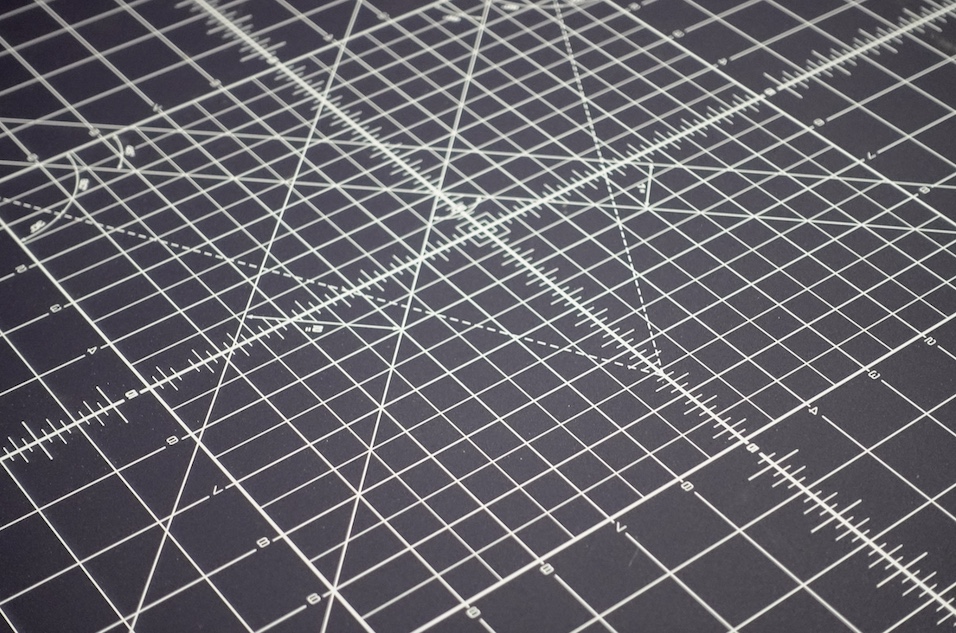Modern enterprises are relying heavily on innovative equipment to complete their day-to-day operations. One of the new technologies entrepreneurs are using is coordinate-measuring machines (CMMs).
If you are wondering how CMMs can help your company, you can read this guide and discover the benefits of investing in one today. After reading this article, you can determine whether getting a CMM is the right choice for your business.
What Is a CMM?
For every manufacturing methodology, the accurate measurement of geometric and physical dimensions is crucial. There are two ways to measure the width, length, and height of equipment today:
- The conventional method, which relies on optical comparators or hand tools
- The use of a CMM machine, which relies on coordinate technology to measure the dimensions of equipment
A CMM is a tool that uses a highly sensitive electronic probe to measure points of solid parts. With the measurements, manufacturers can confirm a part’s conformance to specifications.
Different Types and Uses of CMM
While the principles and mechanics of measuring are mostly the same across different CMM types, the machines are classified by their structure. Here are the four common types of CMMs and their uses:
1. Bridge-Type CMM
Bridge-style machines are one of the most common types of CMMs. This design provides stable anchors for the measuring tools.
Available as both portable units and fixed assets, bridge-type CMMs are hardened to withstand the rigours of the machine shop floor. But they are often limited to measuring small-sized and medium-sized components which manufacturers can place and lift on the table.
2. Cantilever-Type CMM
Cantilever machines are supported at only one point, making them less rigid than other CMM types that use two-point support.
Although cantilever-type CMMs are limited to measuring small parts, they provide the benefit of letting manufacturers access components from three sides rather than just one or two.
3. Gantry-Type CMM
A gantry-type CMM can measure large parts, such as those used in automobiles. These designs remove the need to lift a component onto a table, making them useful in measuring heavy machinery.
Although gantry machines are pricier than other CMM types, their utility makes them crucial for machine shops that manufacture massive and hefty parts.
4. Horizontal Arm
Horizontal arm CMMs differ from the other machine types because, while the others mount their probes vertically, this style mount probes horizontally.
Manufacturers use these machines to measure long and slender components out of the range of other CMM types with vertical probes.
While helpful in measuring long, slender parts, these machines may not be as accurate as the other CMM types.
Importance of CMMs for Businesses
CMMs introduced the use of coordinate technology to measure components. This provides many benefits for businesses, since the traditional method of measuring parts can have several limitations.
For instance, the conventional method of measuring requires skill and experience from the operator inspecting the components. Without the right talent, this issue can produce parts that are not good enough.
Additionally, components for technologies today are more sophisticated than ever. The recent developments in technology have led to the creation of highly complicated machinery that requires complex parts. Therefore, the process can be more accessible, efficient, and accurate if done with a CMM.
The CMM has the accuracy and speed to measure parts consistently. It can also help boost productivity while reducing the potential of errors and mistakes in the measuring process.
Knowing how a CMM measuring machine can help your business and how to use them can help your organization save time and money. It can also do wonders for your enterprise’s reputation and image.


![Read more about the article [Funding roundup] Piatrika Biosystems, The Healthy Company, Evelabs raise early-stage funds](https://blog.digitalsevaa.com/wp-content/uploads/2022/07/shutterstock2176024271-1657714804615-300x170.png)




![Read more about the article [The Outline By Inc42 Plus] Amazon’s Moment Of Truth](https://blog.digitalsevaa.com/wp-content/uploads/2021/02/Outline54_Final_1200x628-300x157.jpg)

![Read more about the article [Startup Bharat] This Coimbatore-based cleantech startup is building autonomous bots to clean solar panels](https://blog.digitalsevaa.com/wp-content/uploads/2021/04/Solaviofounders-1617691587571-300x150.jpg)
